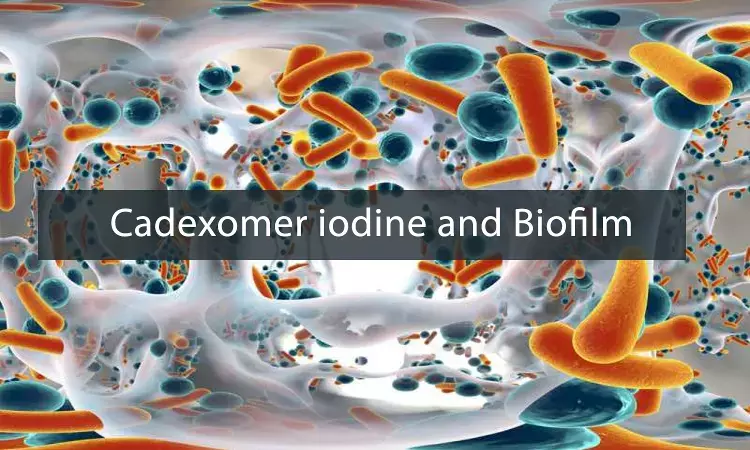- Home
- Medical news & Guidelines
- Anesthesiology
- Cardiology and CTVS
- Critical Care
- Dentistry
- Dermatology
- Diabetes and Endocrinology
- ENT
- Gastroenterology
- Medicine
- Nephrology
- Neurology
- Obstretics-Gynaecology
- Oncology
- Ophthalmology
- Orthopaedics
- Pediatrics-Neonatology
- Psychiatry
- Pulmonology
- Radiology
- Surgery
- Urology
- Laboratory Medicine
- Diet
- Nursing
- Paramedical
- Physiotherapy
- Health news
- Fact Check
- Bone Health Fact Check
- Brain Health Fact Check
- Cancer Related Fact Check
- Child Care Fact Check
- Dental and oral health fact check
- Diabetes and metabolic health fact check
- Diet and Nutrition Fact Check
- Eye and ENT Care Fact Check
- Fitness fact check
- Gut health fact check
- Heart health fact check
- Kidney health fact check
- Medical education fact check
- Men's health fact check
- Respiratory fact check
- Skin and hair care fact check
- Vaccine and Immunization fact check
- Women's health fact check
- AYUSH
- State News
- Andaman and Nicobar Islands
- Andhra Pradesh
- Arunachal Pradesh
- Assam
- Bihar
- Chandigarh
- Chattisgarh
- Dadra and Nagar Haveli
- Daman and Diu
- Delhi
- Goa
- Gujarat
- Haryana
- Himachal Pradesh
- Jammu & Kashmir
- Jharkhand
- Karnataka
- Kerala
- Ladakh
- Lakshadweep
- Madhya Pradesh
- Maharashtra
- Manipur
- Meghalaya
- Mizoram
- Nagaland
- Odisha
- Puducherry
- Punjab
- Rajasthan
- Sikkim
- Tamil Nadu
- Telangana
- Tripura
- Uttar Pradesh
- Uttrakhand
- West Bengal
- Medical Education
- Industry
Understanding the efficacy of Cadexomer Iodine in managing Wound Biofilms: Review

Biofilms are aggregates of bacteria growing together in a community surrounded by a protective and adhesive extracellular matrix (ECM) of exopolysaccharides (EPS), extracellular DNA (eDNA), and proteins (1-3). It helps in the long-term survival of the bacteria due to the resistance to hostile conditions, antibiotic treatment, and immune evasion (4,5). Biofilms are known to be more than 1000fold resistant to treatment with conventional antibiotics used normally for treating planktonic cells. Biofilms are often associated with human disease and are responsible for the majority of bacterial infections (7).
Previous studies have shown biofilm to be prevalent in up to 60% of chronic non-healing wounds (8,9). However, in a recent meta-analysis of various studies examining biofilm presence, this number has shown to be closer to 80% (10). Biofilms have been linked to many chronic clinical diseases including middle ear infections, implant-related infections, and chronic lung infections (11). European Society of Clinical Microbiology and Infectious Diseases (ESCMID) has highlighted this clinical impact of biofilms with the conclusion that biofilms cause chronic infections (12). Animal studies have clearly shown a significant impact of bacterial biofilms on wound healing in mice, rabbit, and porcine models (13-15)
Hina Zahid Joined Medical Dialogue in 2017 with a passion to work as a Reporter. She coordinates with various national and international journals and association and covers all the stories related to Medical guidelines, Medical Journals, rare medical surgeries as well as all the updates in the medical field. Email: editorial@medicaldialogues.in. Contact no. 011-43720751
Dr Kamal Kant Kohli-MBBS, DTCD- a chest specialist with more than 30 years of practice and a flair for writing clinical articles, Dr Kamal Kant Kohli joined Medical Dialogues as a Chief Editor of Medical News. Besides writing articles, as an editor, he proofreads and verifies all the medical content published on Medical Dialogues including those coming from journals, studies,medical conferences,guidelines etc. Email: drkohli@medicaldialogues.in. Contact no. 011-43720751


